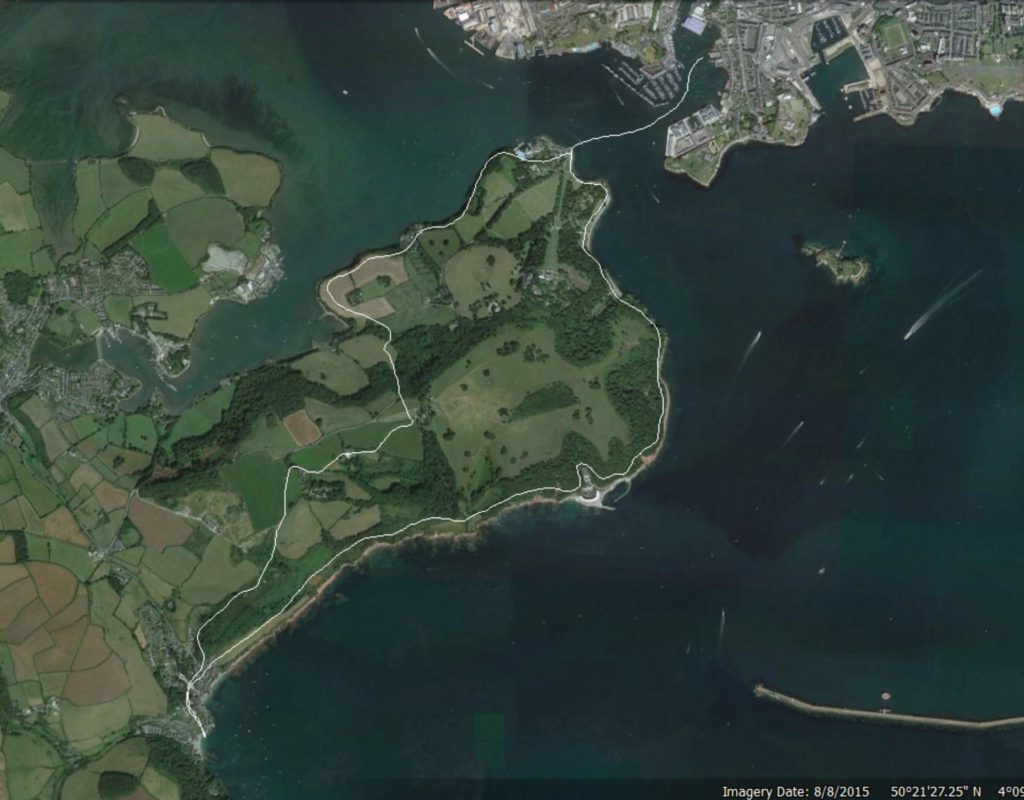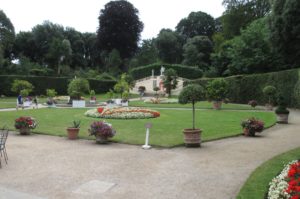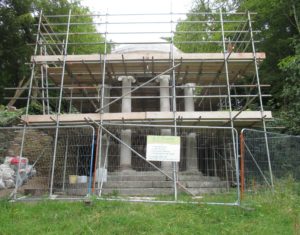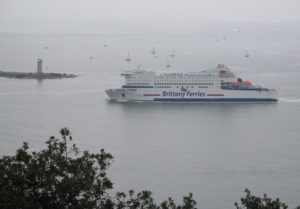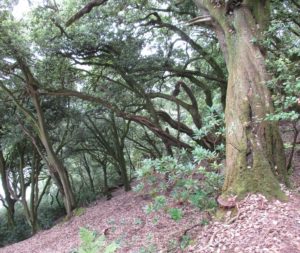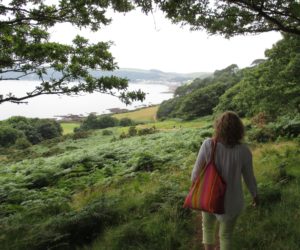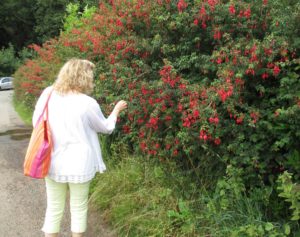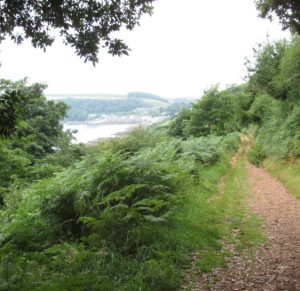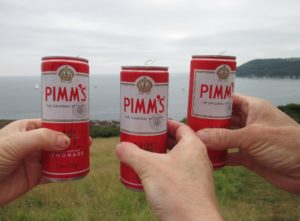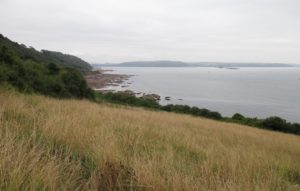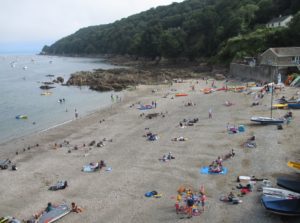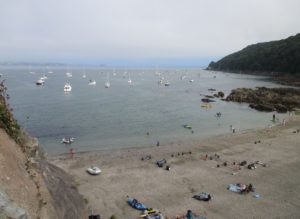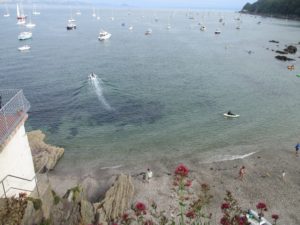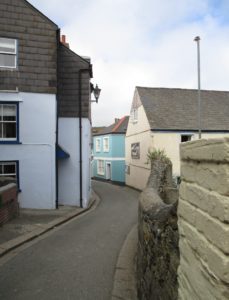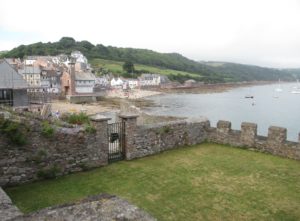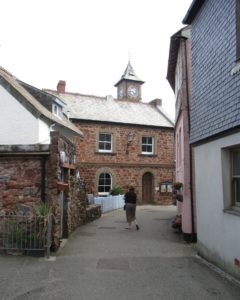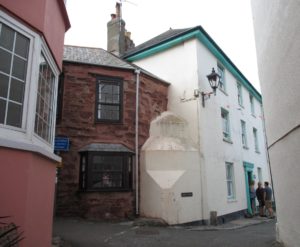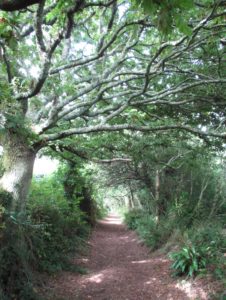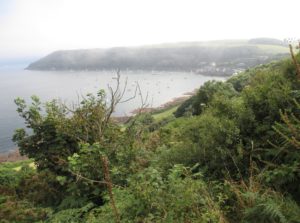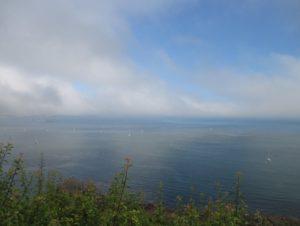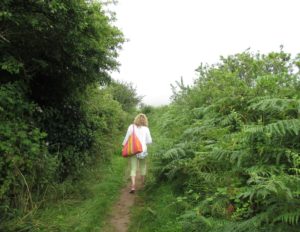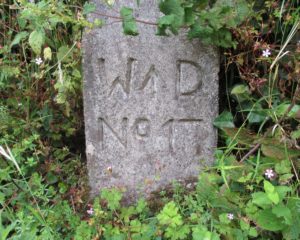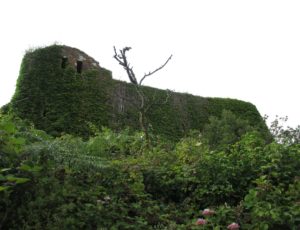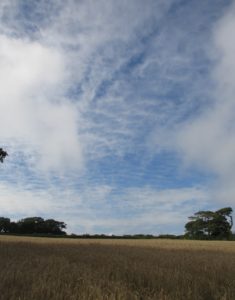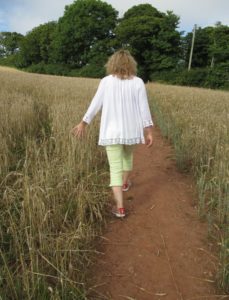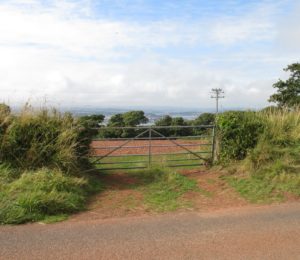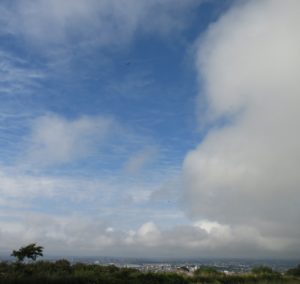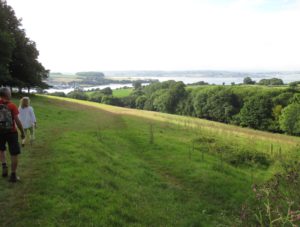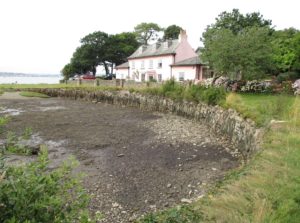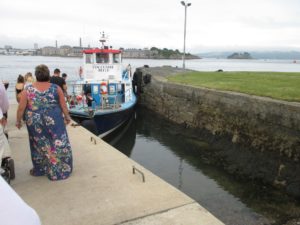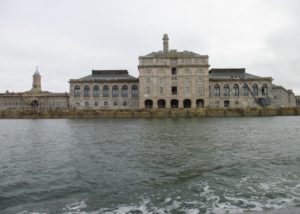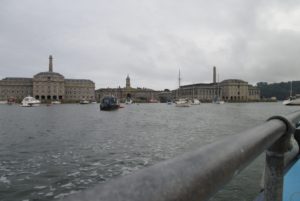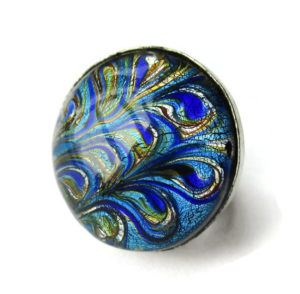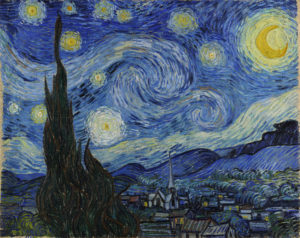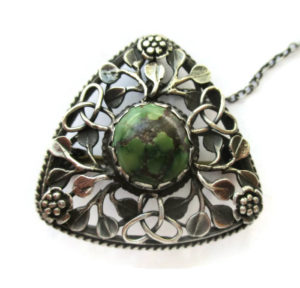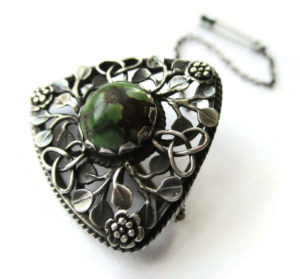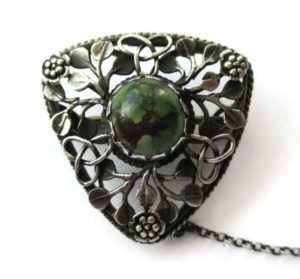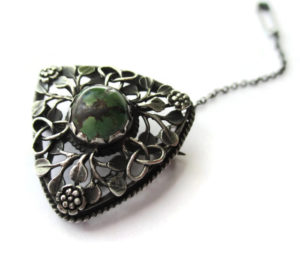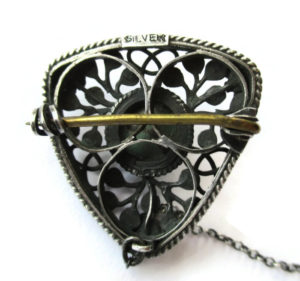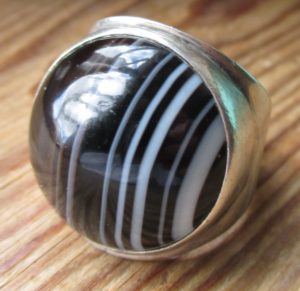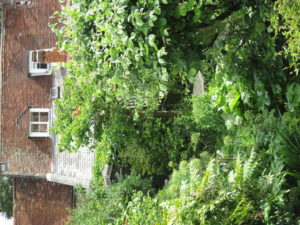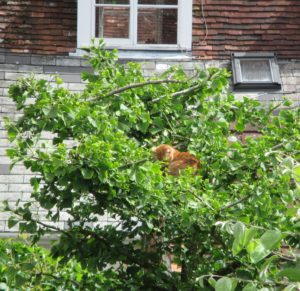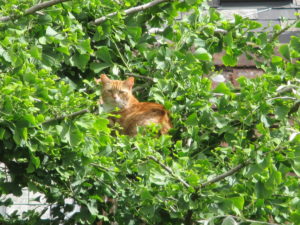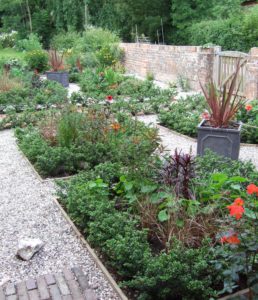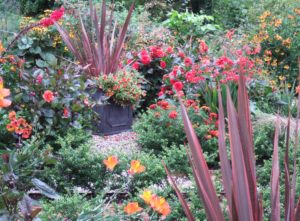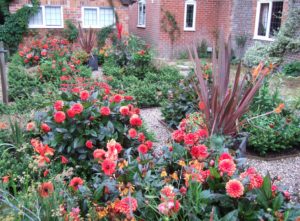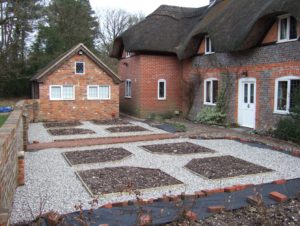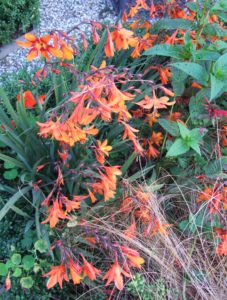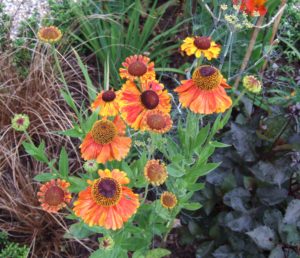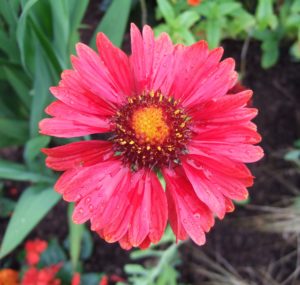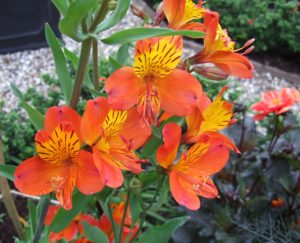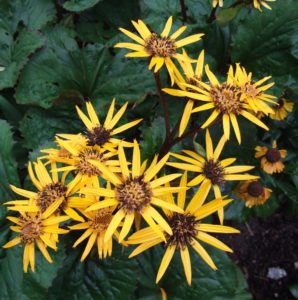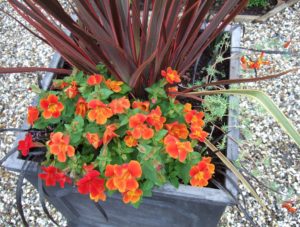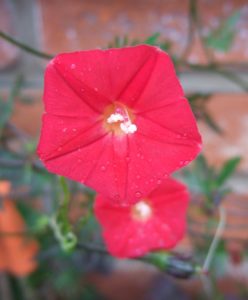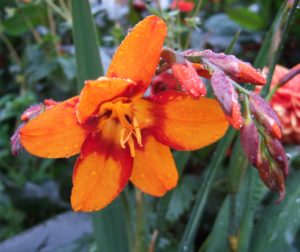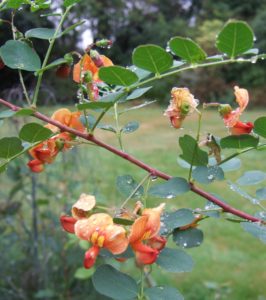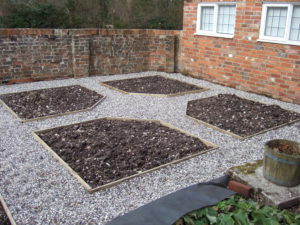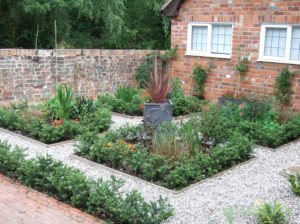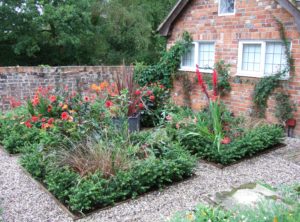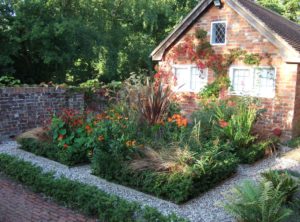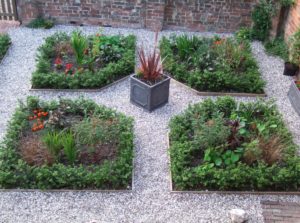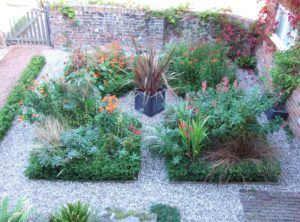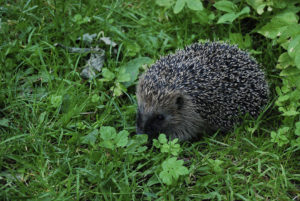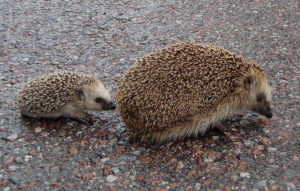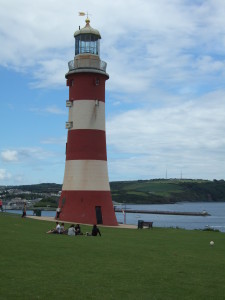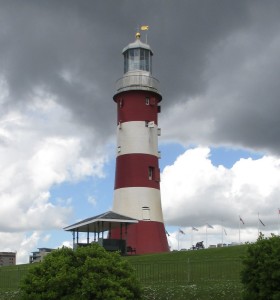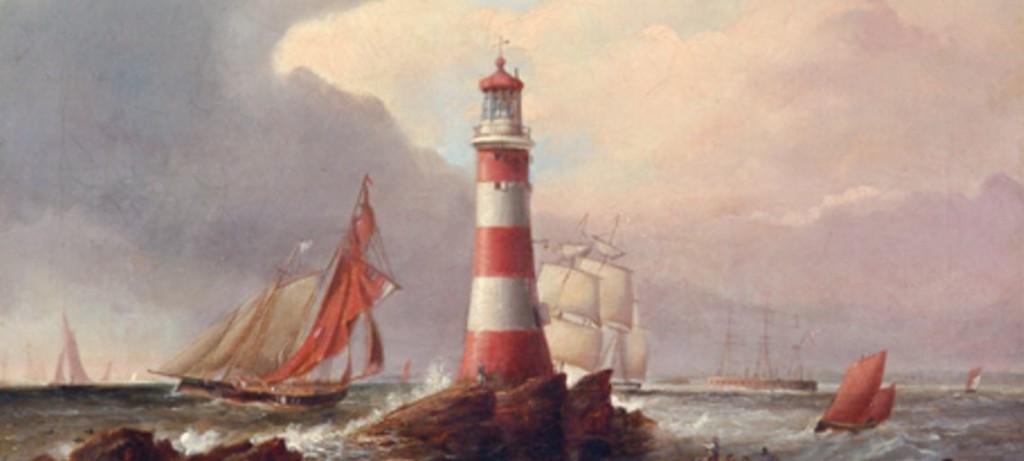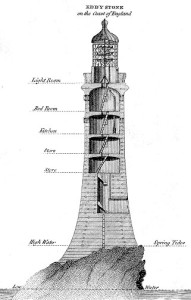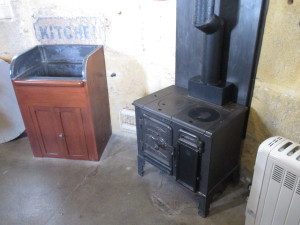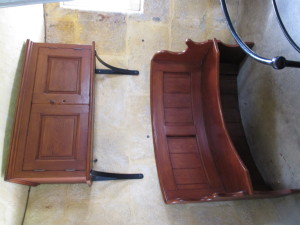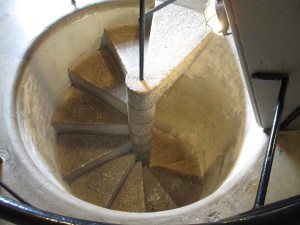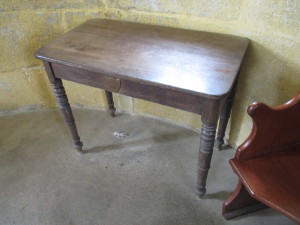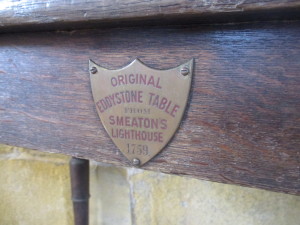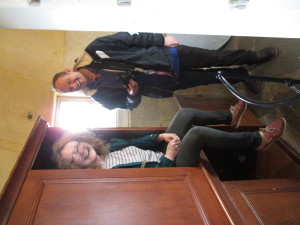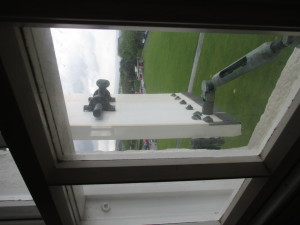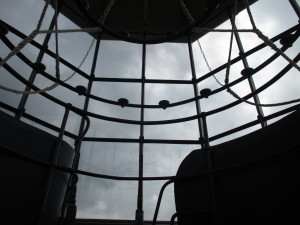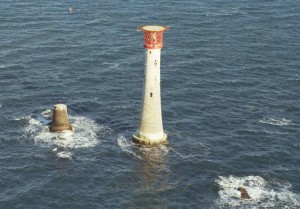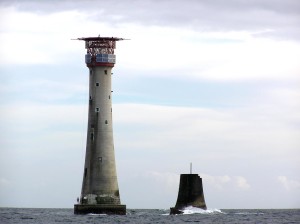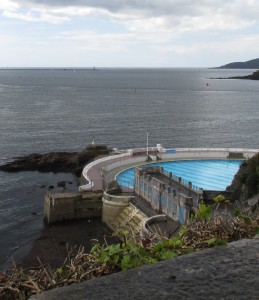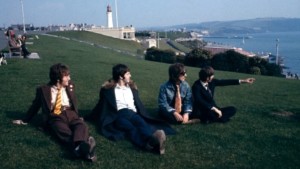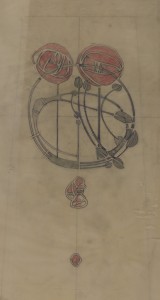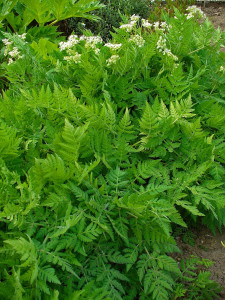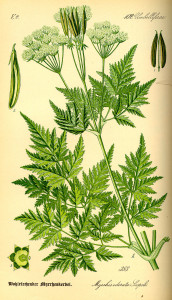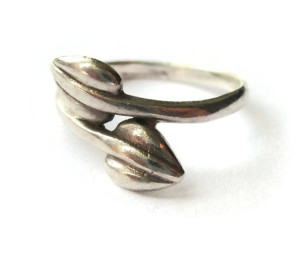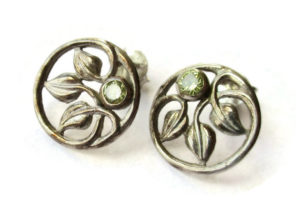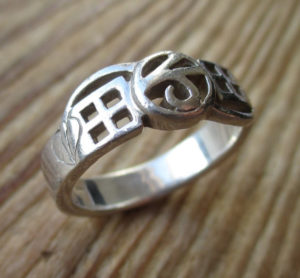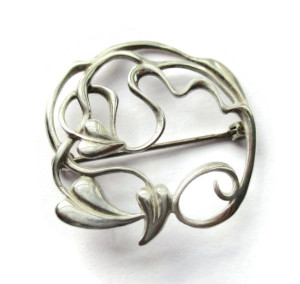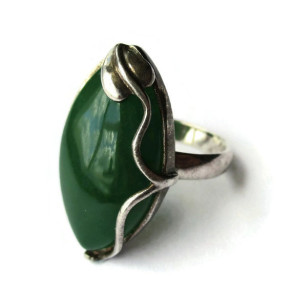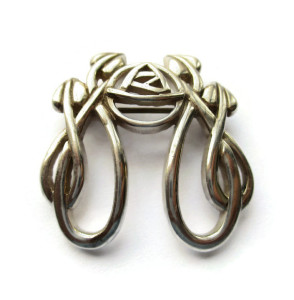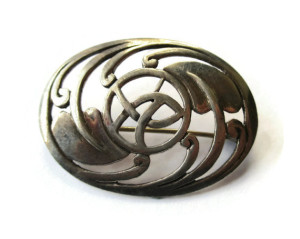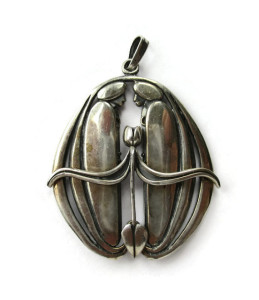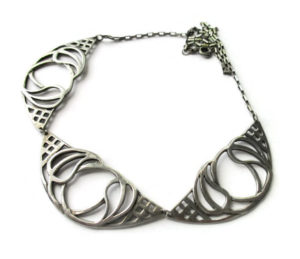I have just posted a package to one of my customers. I like to put postcards in with my parcels, and as my customer has already had one of my John Ruskin kingfisher postcards that I had printed as part of my (not-very competent) attempt at branding, I decided to send them another one, one of the large collection Chap and I recently bought at Plymouth City Museum and Art Gallery. (The Museum is closing for a couple of years for its very exciting development and refurbishment, and so they were selling off all their cards and postcards for a song, and we can never resist a bargain!). The card I sent is A May Morning, by Elsie Higgins.
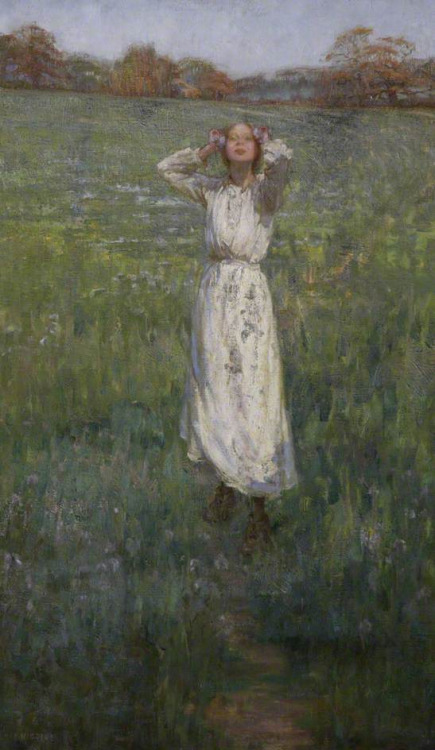
‘A May Morning’, by Elsie Higgins. (c) Plymouth City Council: Museum and Art Gallery; Supplied by The Public Catalogue Foundation
All it said on the back of the card about the artist was ‘Exhibited at the Royal Academy, 1905. Oil on canvas, 43.2 x 68.5 cm’. There are no dates or biographical details given for Elsie. I wondered about her – was she a Glasgow Girl maybe? A bit of internet truffling was in order.
The Royal Academy of Arts: a Dictionary of Contributors and Their Work From Its Foundation in 1769 to 1904, Vol. 4, 1905 has been digitised and has an entry for her. It shows that she had three paintings exhibited at the RA (presumably the Summer Exhibition), one each in 1899, 1900 and 1901, titled Miss Edith Gorham, Summer time, and The rompers. It gives her title as Miss Elsie Higgins, and her address in 1899 as ‘Red House, Rye, Surrey’, in 1900 as ‘The Lynches, Salford [sic – Shalford], Surrey’ and in 1901 as ‘1, Rosebery Road, Bushey’. This was further googling gold, and for Rye up comes the site Portraiture in Sussex Before Photography: apparently Elsie was also a miniaturist. Her dates are given: born 1872, and flourished 1899-1901. Maybe those were the dates she flourished at miniature painting, but going on A May Morning she was clearly flourishing artistically for longer than that. She would have been about 33 when she painted A May Morning.
In (deep breath) British and Irish paintings in public collections: An index of British and Irish oil paintings by artists born before 1870 in public and institutional collections in the United Kingdom and Ireland by Christopher Wright, Catherine May Gordon and Mary Peskett Smith (2006), the entry for Elsie reads ‘Working Birkenhead, Cheshire (later Merseyside); Rye, Sussex, Shalford, Surrey, & Bushey, Hertfordshire, 1895-1916’ and it appears the only piece of hers in a UK art gallery or museum is A May Morning.
Googling Bushey brings about more and detailed information: Elsie was the life-long companion of fellow artist Edith Gorham (born September 1864, and who was deaf-mute from birth), and Elsie’s “portraits, miniatures and landscapes were shown between 1895 and 1916, including eleven times at the Royal Academy. A photo and report on her work appears in The English Illustrated Magazine of September 1907 ‘Some Lady Artists of Today’ … Edith and Elsie Higgins shared a house [in Bushey] on Merry [Hill] Mount for more than 40 years, until Edith died at the age of 66 [sic – 76] in June of 1941. She left an estate of £5,418, which passed to her friend Elsie, until Miss Higgins herself died in 1953.” (This information comes from a fascinating blog post about an 1832 map signed by Isaac Manley, who sailed as a young boy with Captain Cook on Endeavour – it’s very interesting, and well worth a read).
And that’s it, for now. I am sure there is much more information about her in various archives, but that’s all I could find out on the web about her so far.
If anyone has any more knowledge of Elsie, I’d love to hear. Did she study at an art school or was she self taught? What did she do for a living? How many paintings did she paint? Where are they?
UPDATE November 2019. Elsie did indeed study at an art school: Herkomer’s Art School in Bushey: Elsie first attended there in 1893 and Edith eight years earlier in 1885.
